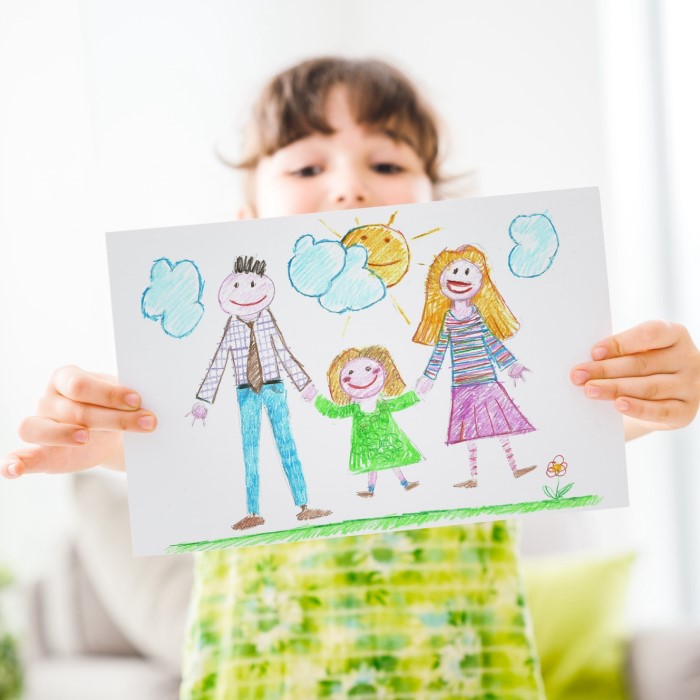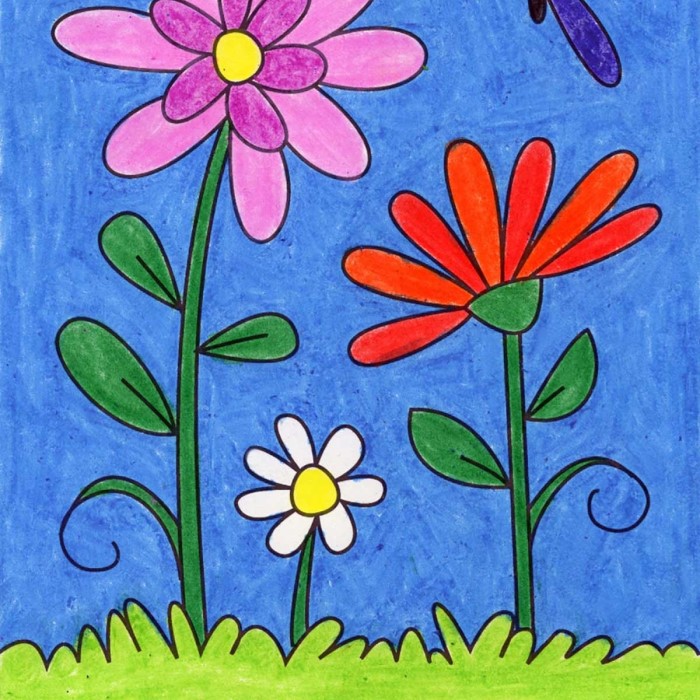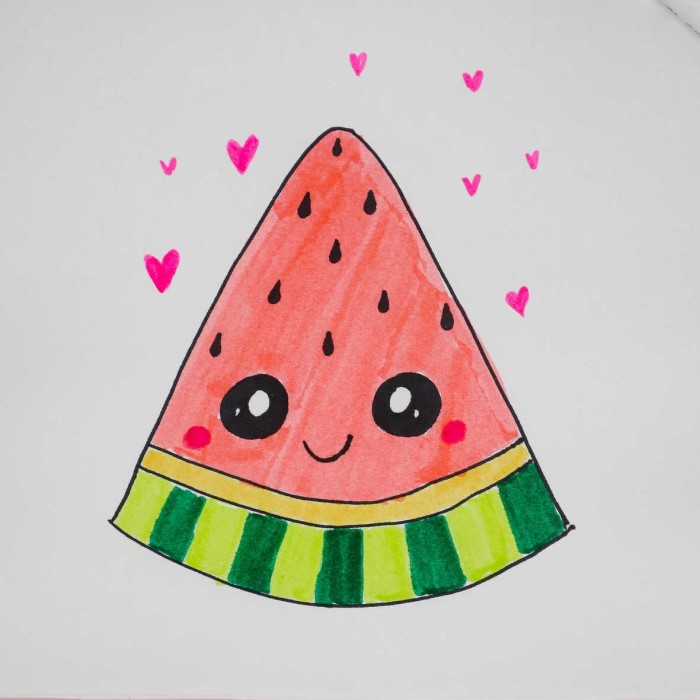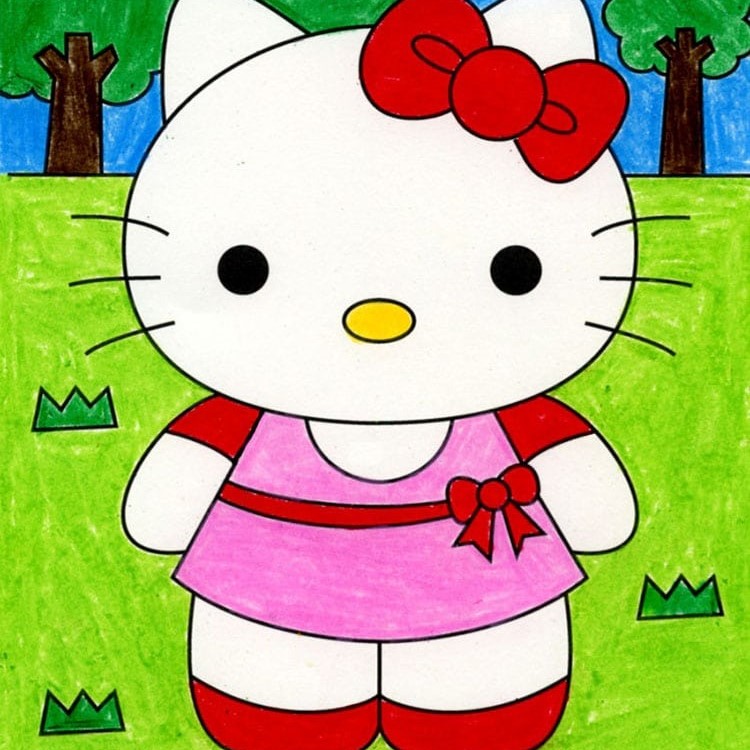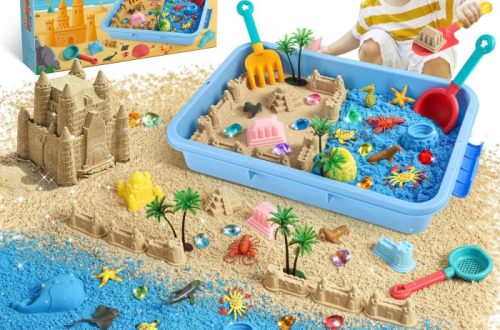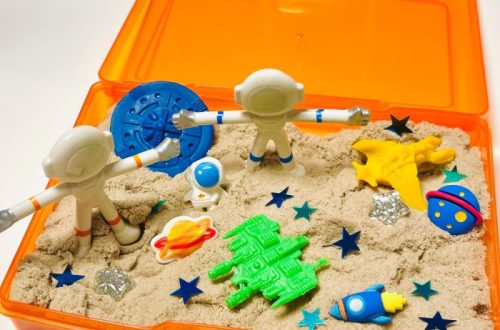Introduction
Drawing can be a delightful way for children to express themselves. It not only fosters creativity but also enhances coordination and concentration. In this article, we will explore easy drawing for kids that are enjoyable and educational. We will also discuss fun drawing activities for children, creative drawing tips for kids, and simple drawing exercises for kids. These strategies aim to provide a supportive environment for beginners who wish to pursue art. Whether it’s a rainy afternoon or a sunny day, these activities will surely spark the interest of young artists.
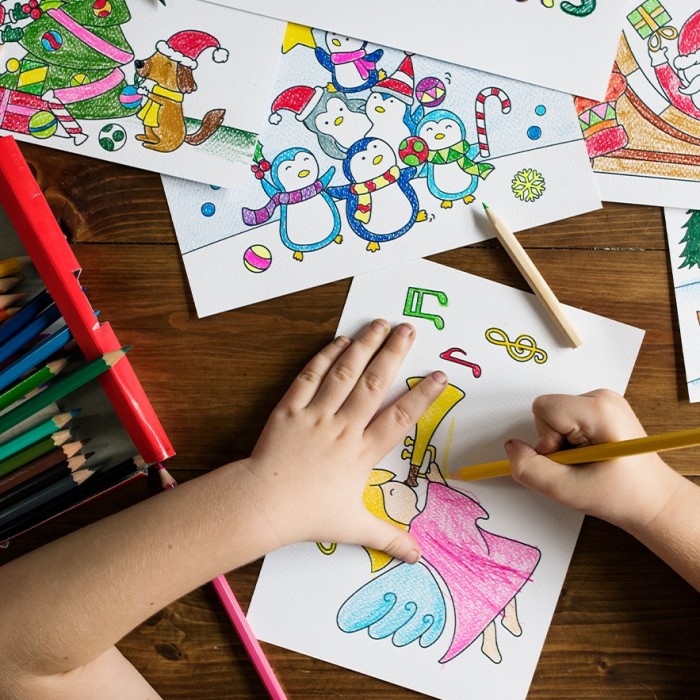
The Benefits of Drawing for Children
Drawing provides numerous benefits for children’s development. It allows them to express emotions they might not be able to verbalize. Through art, children learn to solve problems creatively and think critically. Furthermore, drawing tutorials for kids beginners can improve fine motor skills as they learn to control their fingers when holding a crayon or pencil. Engaging in drawing also boosts confidence, as children take pride in their creations.
Another key advantage is that it encourages mindfulness. When children focus on drawing, they momentarily let go of concerns about the outside world. This concentration can be therapeutic and calming. Moreover, it enhances observational skills, as they learn to notice details in their environment.
Easy Drawing Ideas for Kids
Here are some easy drawing for kids that can spark their imagination and foster their creativity:
Nature Scenes
-
- Encouraging Observation: Encourage children to draw various scenes from nature, like a sunny day at the park or a serene beach. They can capture simple landscapes featuring elements such as trees, mountains, rivers, and clouds.
- Color Exploration: This exercise helps children observe and distinguish different colors and forms in the world around them. By focusing on natural elements, they learn about light, shadow, and how colors change in different environments.
- Inspiration from Real Life: You can take children on a nature walk and encourage them to sketch what they see. This firsthand experience enhances their observational skills and gives them unique subjects to draw from.
Animals
-
- Creating Animal Forms: Animals are a staple in children’s drawings, making them an engaging topic. Start with simple shapes to create basic animal forms, such as circles for heads and ovals for bodies.
- Step-by-Step Guidance: Provide step-by-step instructions for drawing specific animals, like a cat, dog, or bird. As kids become more comfortable, they can gradually add details like fur, feathers, and unique features.
- Exploring Various Species: Encourage kids to draw a variety of animals, both domestic and wild. This not only keeps things interesting but also allows them to learn about different animals and their habitats.
Cartoons and Characters
-
- Favorite Characters: Children naturally gravitate towards cartoons, making this a fun and relatable theme. They can start by drawing their favorite cartoon characters or inventing their own characters.
- Creative Freedom: Drawing cartoons allows for immense creative expression, as children can exaggerate features and use vibrant colors. This freedom often leads to unique artistic creations that reflect their personalities.
- Storytelling Through Art: Encourage kids to create a short comic strip featuring their characters. This adds a narrative element to their drawings and helps them understand story structure in a visual context.
Shapes and Patterns
-
- Learning Geometry: Introducing basic shapes such as circles, squares, and triangles can help kids learn about geometry while having fun. They can fill these shapes with different patterns and colors, making the activity both educational and enjoyable.
- Encouraging Originality: This exercise can help children develop their creativity as they experiment with different designs, textures, and color combinations. They can create artwork that is unique to their style.
- Creating Mandalas or Designs: Challenge kids to create mandalas or patterned artworks using overlapping shapes. This is not only soothing but also encourages patience and concentration.
Self-Portraits
-
- Reflection and Self-Expression: Self-portraits are a fun way for children to reflect on themselves and express their identity. They can draw their likeness in various styles, from realistic to cartoonish or abstract.
- Understanding Features: This activity helps children appreciate their uniqueness as they pay attention to different facial features, hairstyles, and expressions. It becomes an exercise in self-discovery.
- Incorporating Personal Elements: Encourage children to include personal elements in their self-portraits, such as favorite colors or accessories. This fosters a sense of pride and helps them connect more deeply with their artwork.
These easy drawing ideas for kids not only promote creativity but also help develop essential skills such as observation, self-expression, and understanding of shapes and patterns. Encourage children to explore these ideas freely and enjoy the process of drawing!
Fun Drawing Activities for Children
To enrich the drawing experience, consider incorporating these fun drawing activities for children:
1. Drawing Challenges
Create drawing challenges where kids must draw something within a specific theme or time limit. This not only adds excitement but also encourages quick thinking.
2. Collaborative Art Sessions
Collaborative drawing can be a great way to engage multiple children. They can work on a large canvas or paper, creating a mural that reflects each child’s contributions.
3. Drawing with Nature Supplies
Take the drawing outdoors. Use leaves, sticks, or even stones to inspire kids. They can draw anything inspired by their surroundings or use natural materials for texture.
4. Story-Based Drawing
Have children create illustrations based on a story they are told or read. This integrates literacy with art and allows them to visualize narratives.
5. Artistic Games
Incorporate games into drawing. Activities like “drawing while blindfolded” can lead to hilarious and unexpected results. These light-hearted games keep the atmosphere fun.
Creative Drawing Tips for Kids
Here are some creative drawing tips for kids that can make the process more enjoyable:
1. Experiment with Different Mediums
Encourage children to try various drawing tools such as colored pencils, markers, and pastels. Each medium can yield different results and stimulate creativity.
2. Use Reference Images
Referencing images can help when kids are unsure what to draw. It offers inspiration and direction, alleviating the stress of starting with a blank page.
3. Teach Basic Techniques
Introduce kids to basic drawing techniques like shading and blending. This can enhance their drawings and spark further interest in art.
4. Keep it Fun
Always encourage enjoyment over perfection. Remind them that mistakes are a part of the learning process and can lead to unexpected creativity.
5. Create a Drawing Schedule
If possible, set aside regular times for drawing. Routine can help build a habit while providing children with dedicated time for creative expression.
Simple Drawing Exercises for Kids
Simple drawing exercises for kids can help reinforce their skills:
1. Doodle a Day
Encourage kids to doodle daily. A simple doodling session infuses creativity while promoting relaxation.
2. Trace and Transfer
Tracing images can help them understand shapes and proportions. Once comfortable, they can try to transfer those shapes onto freehand drawings.
3. Daily Color Challenge
Assign colors for each day of the week and have kids incorporate them into their drawings. This not only challenges them but also keeps things exciting.
4. Shape-Driven Drawings
Ask kids to draw using only selected shapes. For example, they could create art using only circles and triangles. This stimulates creative thinking.
5. Newspaper Collage
Combining drawing with collage can be exciting. Kids can create drawings and then cut out images or words from newspapers to paste onto their artwork, adding depth and interest.
Drawing Tutorials for Kids Beginners
For parents and educators seeking guidance, drawing tutorials for kids beginners can be invaluable. Online platforms and art books provide step-by-step instructions tailored for young learners. These resources typically cover everything from basic shapes to complex figures, catering to various skill levels.
How to Find Good Resources
When searching for quality tutorials, it’s essential to keep several important factors in mind to ensure you find the most beneficial resources. Here are some key considerations to help guide your search:
Quality of Instructions
-
- Clarity: Ensure that the instructions provided in the tutorial are easy to understand. Look for resources that use simple language and avoid jargon that might confuse beginners.
- Step-by-Step Guidance: Opt for tutorials that offer step-by-step instructions, breaking down complex processes into manageable parts. This helps learners follow along without feeling overwhelmed.
- Proof of Expertise: Check the credentials of the authors or creators. Resources developed by experienced professionals or recognized experts in the field generally offer more reliable and insightful guidance.
Variety of Styles and Subjects
-
- Diverse Options: Look for tutorials that cover a wide array of styles and subjects. Variety helps maintain interest and encourages learners to explore different techniques, which can enhance their overall skills.
- Inclusivity: Seek out resources that cater to various skill levels, from beginners to advanced practitioners. This inclusivity ensures that learners can continue to find valuable materials as they progress.
- Cultural Representation: Consider resources that feature different cultural art styles or subjects. This broadens perspective and adds richness to the learning experience by exposing learners to diverse artistic approaches.
Interactive Elements
-
- Multimedia Options: Look for resources that incorporate videos, audio instructions, or animations. These interactive elements can enhance understanding by providing visual demonstrations of techniques.
- Engagement Features: Some platforms offer interactive exercises or quizzes to test knowledge and skills. Engaging with content in this way can reinforce learning and make the process more dynamic.
- Community Participation: Seek out resources that include forums or community features, allowing learners to connect with others. This can provide opportunities for feedback, support, and inspiration, further enriching the learning experience.
By considering these factors—quality, variety, and interactive elements—you can find valuable resources that enhance your learning experience and help you achieve your goals.
Creating Your Own Tutorials
If you can’t find the right tutorial, consider creating one. Document your drawing process step-by-step and share it with children. This not only helps them but also reinforces your understanding of the drawing process.
Conclusion
In conclusion, easy drawing for kids can be a gateway to creativity, self-expression, and skill development. Through various easy drawing for kids, fun drawing activities for children, and creative drawing tips for kids, we can encourage young artists to explore their imagination. Moreover, employing simple drawing exercises for kids will strengthen their foundational skills. Lastly, utilizing drawing tutorials for kids beginners can offer structured support to enhance their learning experience. Ultimately, fostering an engaging environment for drawing ensures the next generation of artists continues to thrive creatively. So, gather some art supplies, roll up those sleeves, and let the creative journey begin with these inspiring ideas!
